CCSO uses drones to better equip search and rescue efforts, traffic units, crime scene reconstruction, and officers locating fugitives
RIDGEFIELD — The Clark County Sheriff’s Office (CCSO) is stepping further into the future with their Unmanned Aerial Systems (UAS) Program; more commonly referred to as the drone program.
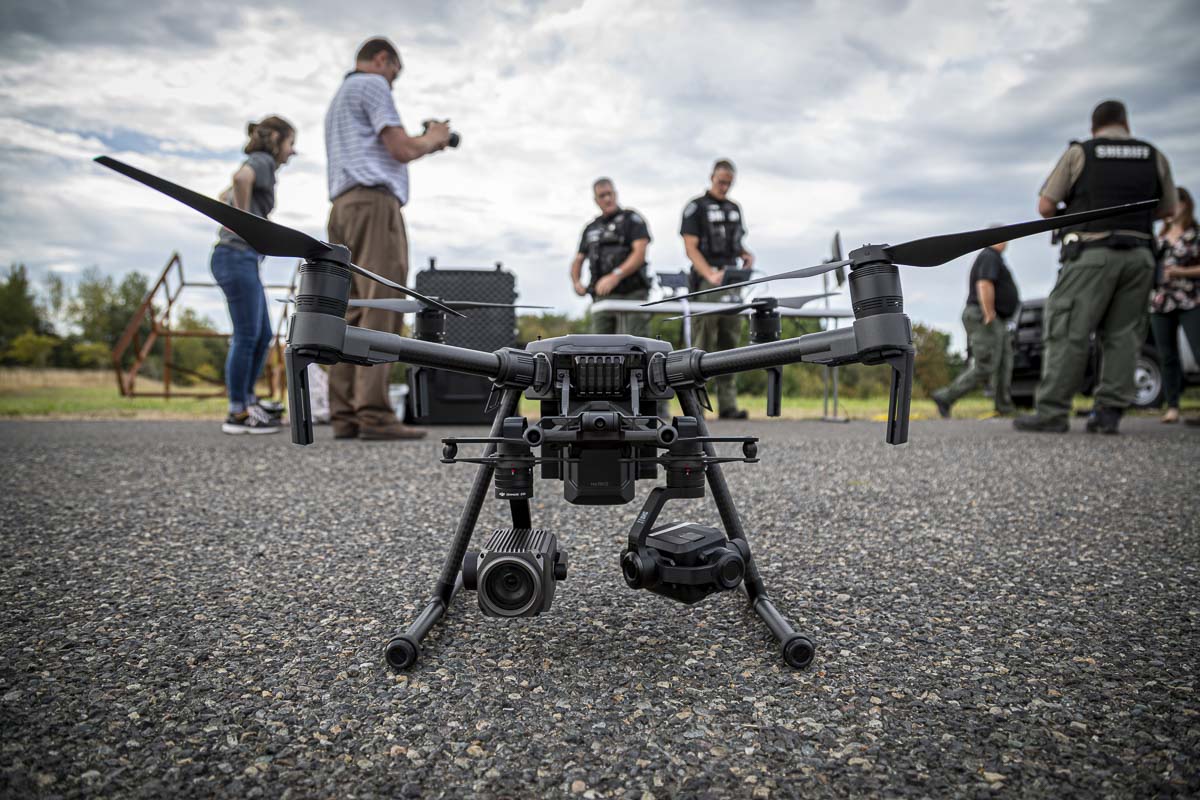
To date, CCSO has acquired 10 UAS devices and has five deputies trained and licensed to pilot them. Their most recent purchase is the the DJI Matrice 210; a $30,000 system with capabilities straight out of science fiction.
The agency’s motivation, when they created the program four years ago, was to expand their effectiveness without spending considerably more funds on something like a helicopter. Now, they are locating the lost, understanding accidents, reconstructing crime scenes, and apprehending fugitives like never before.
“The Clark County Sheriff’s Office UAS is a force multiplier and assists deputies in doing their job more safely,” said CCSO Public Information Officer Sgt. Brent Waddell, in an email to ClarkCountyToday.com.
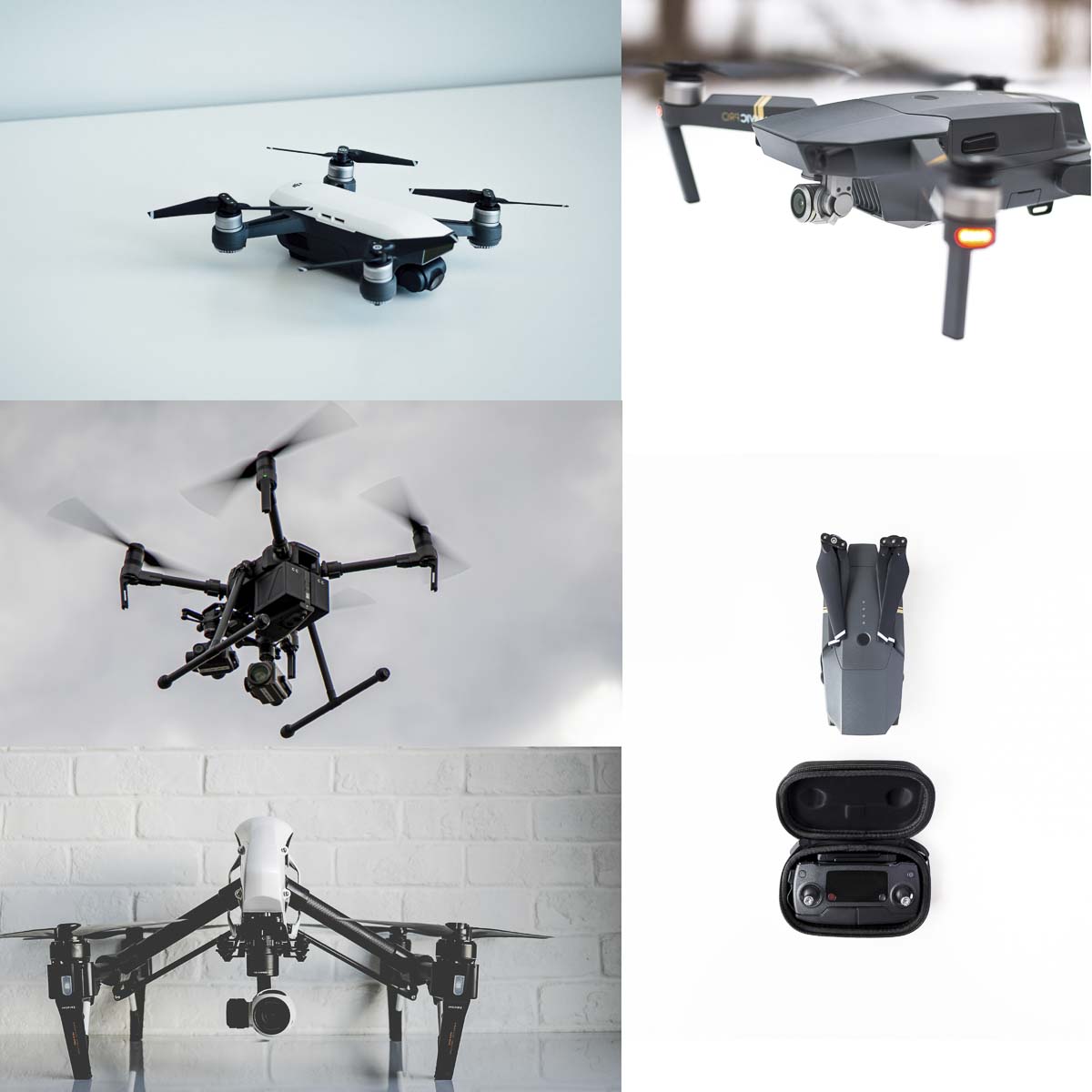
CCSO’s Traffic Unit, which has two pilots currently, utilizes the UAS devices to take overhead photos of an accident in which investigation is required, such as one where a serious injury or fatality has occurred.The devices can also be used to take overhead photos of a crime scene, such as one involving a homicide.
“This is an extremely inexpensive helicopter,” said Sgt. Jason Granneman, the program’s team leader. “We do partner with the air service unit out of Portland … But sometimes the aircraft can’t fly, because of the elevation they have to operate at; they may have cloud cover. And there’s been several times where they can’t come out because of weather, but we can fly because we don’t go that high.”
“So there’s some advantages and disadvantages, but one of the major advantages is we can put these up pretty much anywhere at any time,” he said.
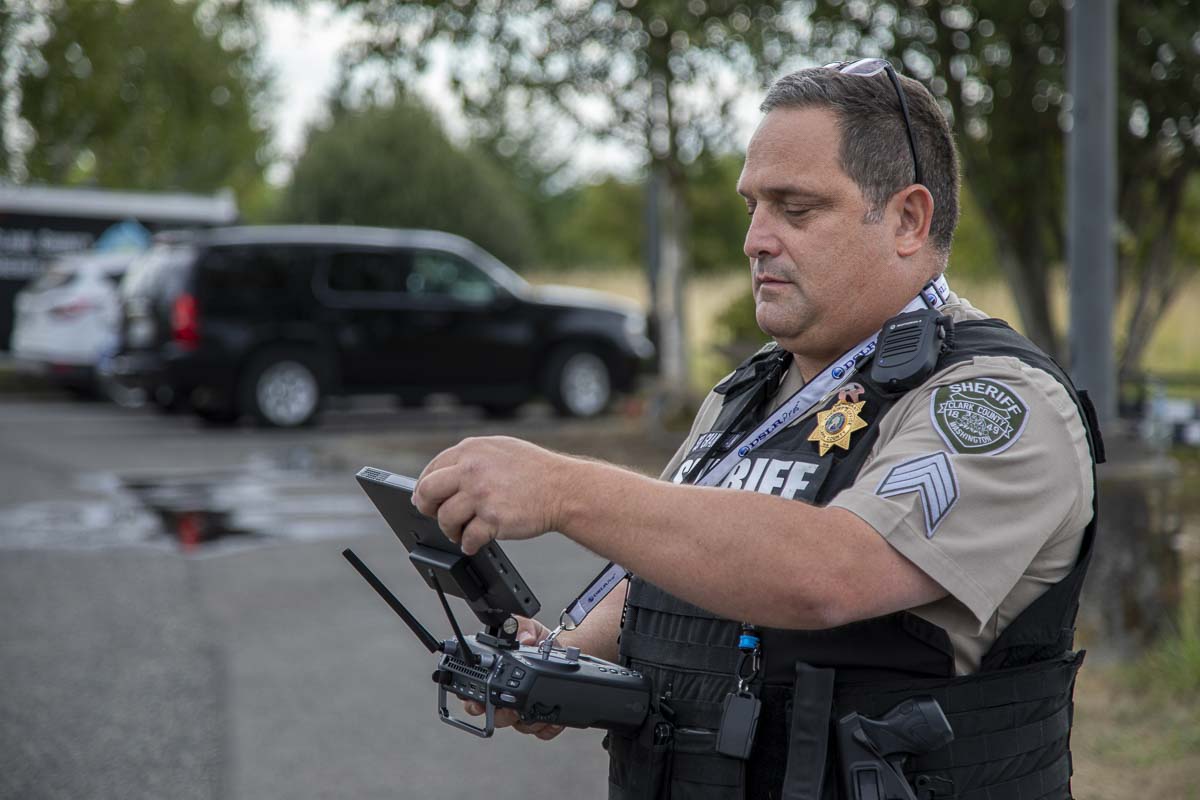
As per Supreme Court rulings, law enforcement, once licensed to fly, is allowed to fly UAS devices in public spaces without a search warrant; much like a hobbyist. When an agency like CCSO flys a device for investigation into a private area below an altitude of 400 feet, however, they obtain a search warrant just as if they were working on the ground.
All the UAS devices used by CCSO are created by the company DJI, which specializes in the design and manufacture of drones, cameras and gimbals. CCSO has DJI aircraft for all types of environments.
The devices range in size from the palm of your hand, to the size of your torso. The DJI Spark, for example, is small enough to be flown through houses. The DJI Mavic Pro is slightly larger, and can be deployed in minutes. Then there are the big rigs: the DJI Inspire and Matrice 210.
These larger drones are similar in size but much different in functionality. The Inspire is agile, and transforms mid-flight to achieve speeds of up to 99 mph. The Inspire, however, was only capable of holding one camera and gimbal at a time.
Thus, the agency invested in their, now, main workhorse: the DJI Matrice 210, or M210. This UAS can fly in inclement weather, due to it’s sealed body structure. It also has higher quality obstacle avoidance, GPS, battery technology, and most importantly, the ability to mount two cameras at once.
This factor may seem excessive at first, but Granneman explained that having both a heavy-duty zoom camera and a FLIR thermal imaging camera at the same time is vital to many operations.
“That FLIR camera has infrared capability, and at the same time, it also has a regular optical camera built into it,” he said. “Which comes in handy because we can go back and forth between the FLIR image, and then look at it and see what it looks like just a regular optical image. And then, that camera has the ability to overlay both images to give us an even better one.”
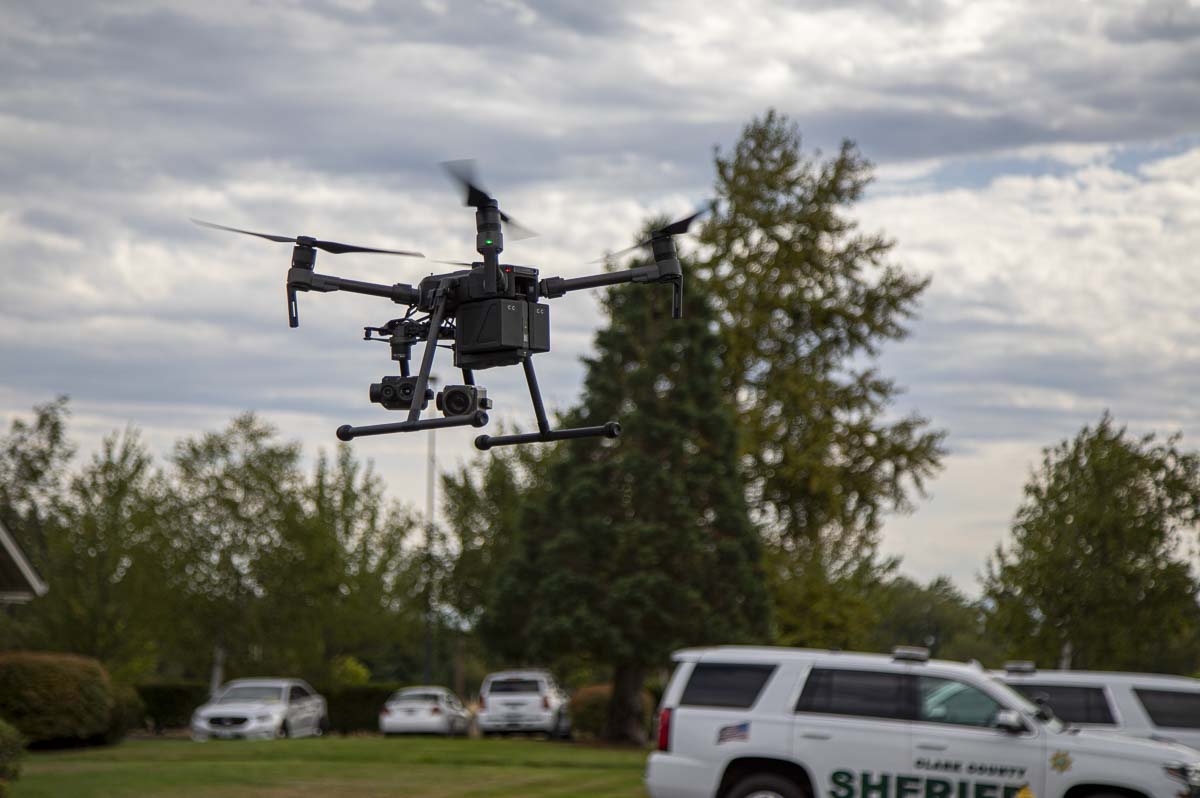
With the ever-growing popularity of many DJI drones among hobbyists, it is important to note that an agency like CCSO, is not able to simply start zipping through the sky right out of the box.
As per Federal Aviation Administration (FAA) regulations, UAS pilots flying for commercial or work-related purposes much obtain special licensing; proving they have adequate knowledge of operation and granting them the ability to fly over people and at night.
The license, known as the CFR 107 or Part 107, is obtained through the taking of an FAA test administered under strict conditions. Somewhere between 40 and 80 hours of study is needed to pass the test, which is much like ground school for in-air pilots, Granneman said.
“The FAA is consistently making changes to make the use of these easier,” he said. “Initially, they had a fairly convoluted, complicated process in order for a public safety organization, like the sheriff’s office, to actually institute these drones. And now it’s getting simpler and simpler, just because so many people are using them.”
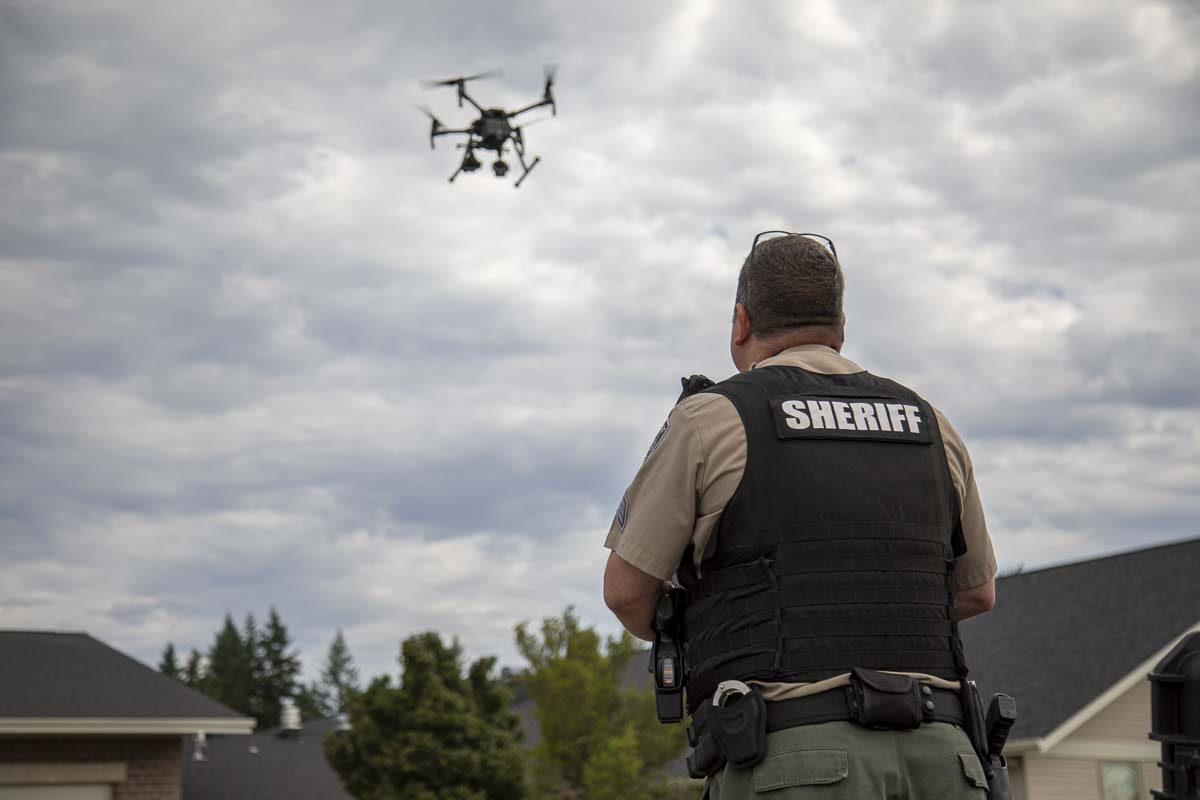
Already, the agency is seeing the results of implementing the program. Granneman recounted that recently drones had been successfully deployed and maneuvered in two very different law enforcement calls.
The first was an elderly man with dementia who had wandered away from his care facility, and into some nearby woods. Using a UAS, deputies were able to locate the man below as he walked along a ridgeline inside the forested area.
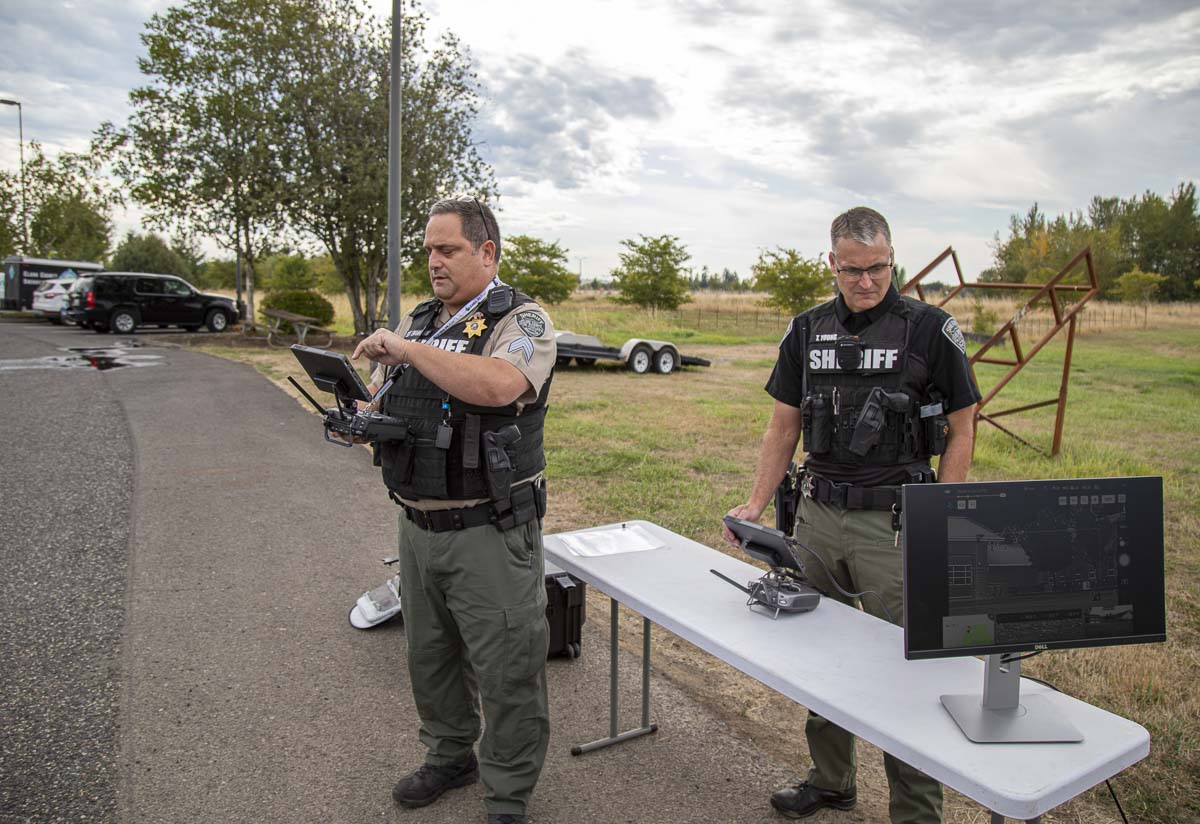
The second instance was an armed-standoff with a fugitive barricaded within a house. When the wanted individual attempted to escape through the roof of the home, the already deployed UAS spotted him before he could get far at all.
The agency is now in the process of adding four more pilots to the team by the end of 2019, with the goal of better spreading the load of need for UAS.
“It’ll continue to grow,” Granneman said. “Mainly because we have more and more requests, not only from our own agency, but from other local agencies. So we partner with all the other police agencies here in Clark County, they request our assistance. So again, that puts more of a load on our program. So that’s why we’re growing.”




